17 Genius Cooking Tricks That Professional Chefs Want You To Know
Steal their secrets and everything you make will get a little bit more delicious.
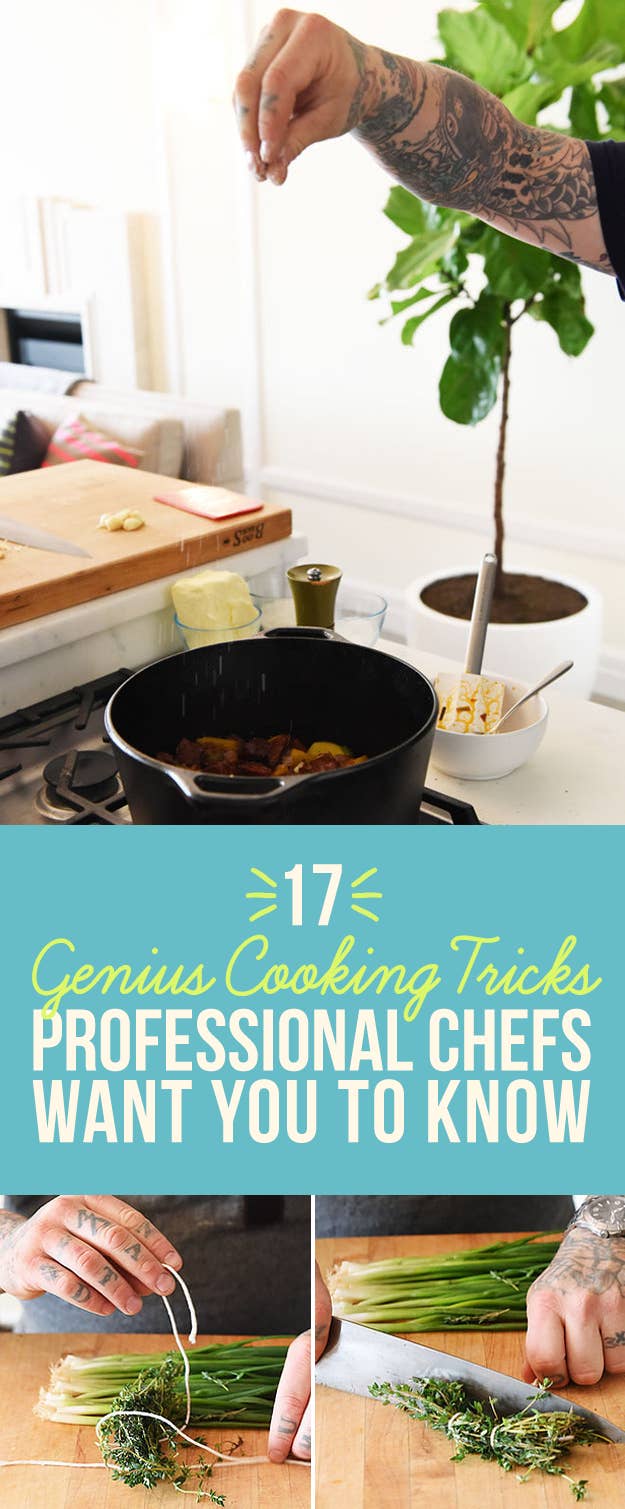
1. Make perfectly shaped burger patties by throwing them against your cutting board to prevent air bubbles, then pressing a dimple into the middle to keep them from puffing up too much.
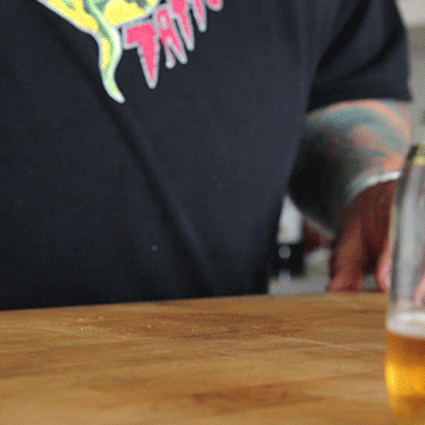

Chef Matt Jennings taught us how to make the perfect grilled cheeseburger and he stresses that you have to form the patties properly. Throwing the portioned beef against a cutting board gets rid of air bubbles, and a dimple in the center prevents the burgers from puffing up too much in the middle while they cook. Learn more here.
2. Save the stems of herbs like parsley and cilantro and add them to soups, stews, or stocks while cooking.
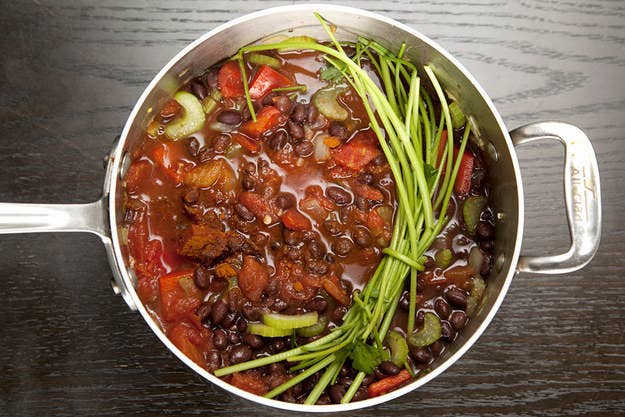
3. Similarly, woody herbs like thyme or rosemary should also be bundled and tied with butcher’s twine before they’re added to the pot.
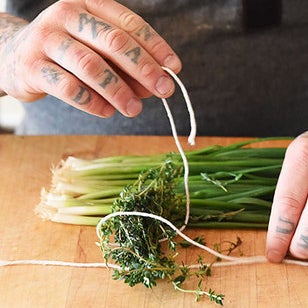
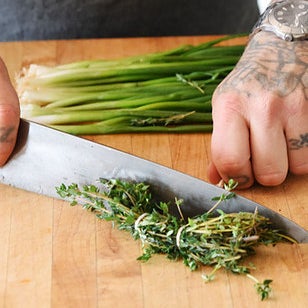
This way, you can just pull the whole thing out at the end of cooking. The herbs will flavor whatever you’re making while it simmers, and you won’t have to waste time picking the leaves off the stem at the beginning.
4. Have a bench scraper on hand at all times to get food and scraps off of your cutting board.


A couple years ago, I got to watch chef Jamie Bissonnette make an insane breakfast hash that involved a lot of different vegetables, and a lot of chopping. Chef had his bench scraper handy at all times, and he used it to transfer things from his cutting board into pots and bowls, and to wipe his board clean of any leftover food scraps. Using the bench scraper is cleaner and more efficient than using your hands. It also beats scraping things up with your knife, which will dull the blade and could also be a little dangerous.
5. Sprinkle salt from up high, and season your food at every stage of cooking.
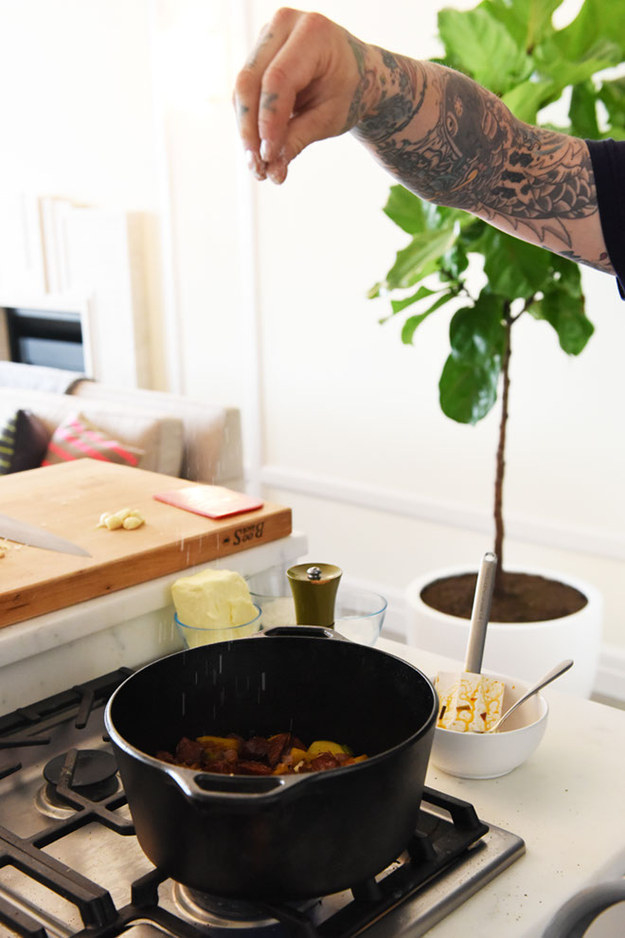
6. Use a “roll cut” to give things a varied texture, or to make a dish more visually interesting.
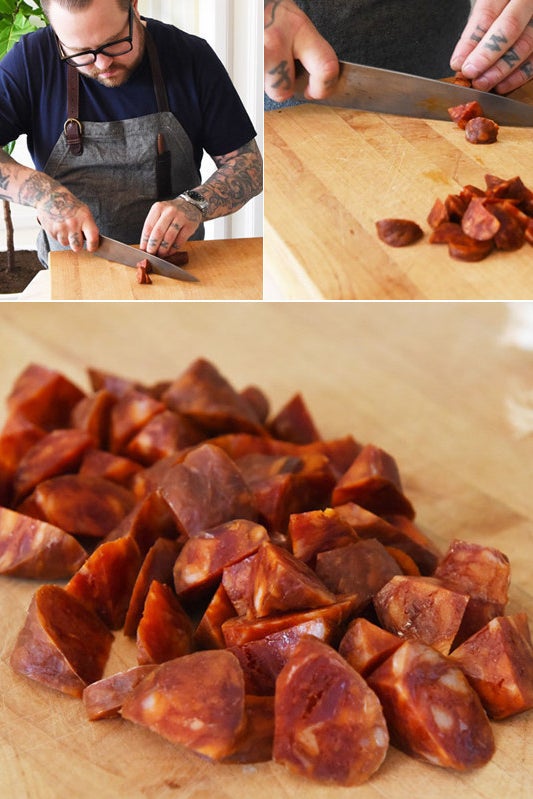
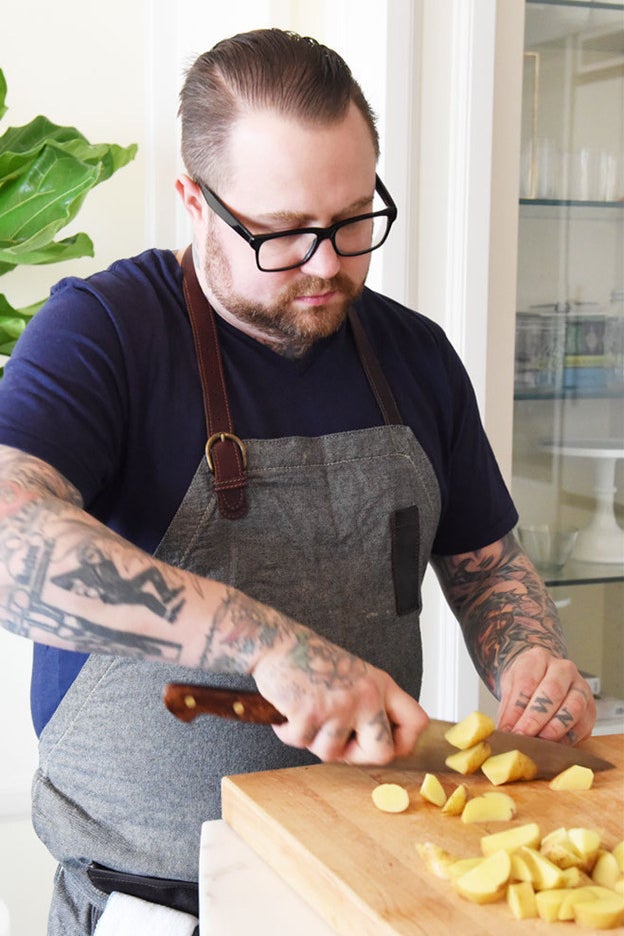
When you "roll cut" something (here's how), the pieces you end up with will be thick in the center and thin on the edges, so they’ll cook at slightly different rates and give your finished dish a more interesting texture.
7. Always rinse jasmine rice before you cook it, and use a 1:1 ratio of rice to water.
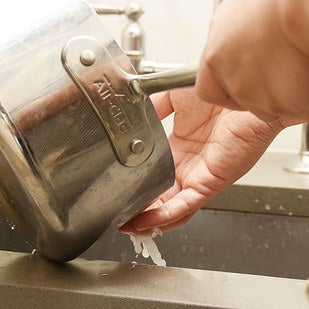
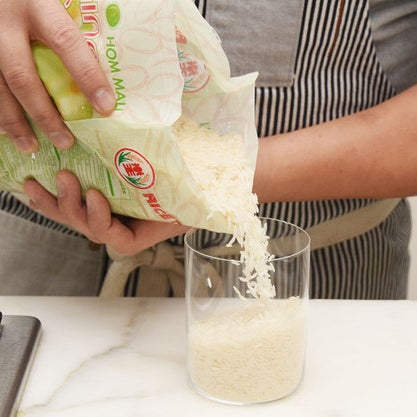
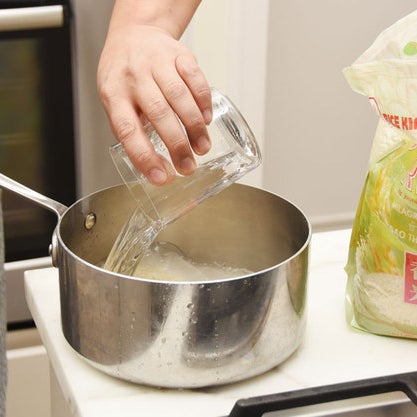
Even when he's making something as wild as Spam fried rice, chef Dale Talde starts with perfectly cooked jasmine rice. “There’s a starch on rice,” Talde says. “If you don't rinse it, it’ll throw your proportion off with the water… And the way rice is handled a lot of the time, you just wanna wash it.” Equal volume measures of rice and water will yield perfectly fluffy rice.
8. It's possible to get perfect, fluffy rice without a rice cooker. You just need to time it right.
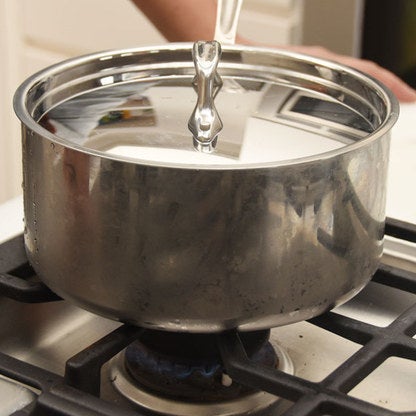
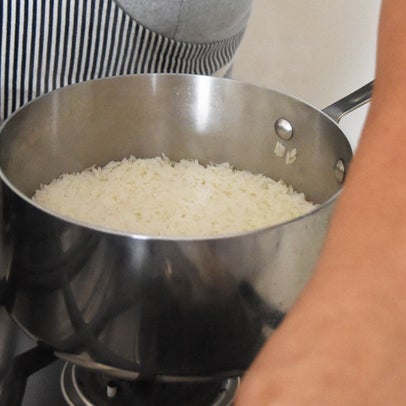
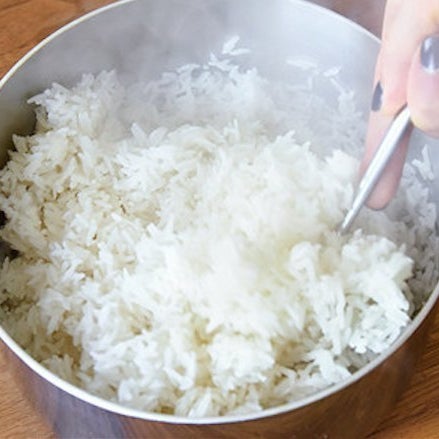
Here's how Dale Talde cooks perfect rice on the stove.
"You never lift the lid up when you make rice,” Talde says. “Even in a rice cooker. After it’s done, you let it go for like 10 minutes without lifting the lid.” Letting the rice rest, covered and off the heat, gives all the moisture a chance to settle, so that the rice on the bottom is just as fluffy as the rice on the top.
9. When you're making fried rice, "prep" your pan by frying an egg in it first.
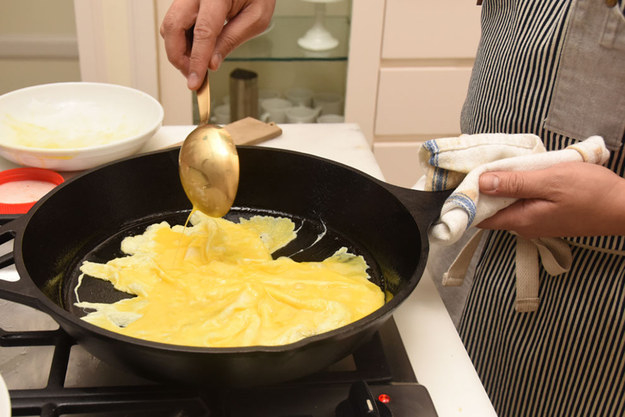
10. Truss poultry before you roast it for more even cooking and more tender breast meat.
11. Clarified butter adds the same delicious flavor as regular butter, but it's better for most cooking since it doesn't burn.
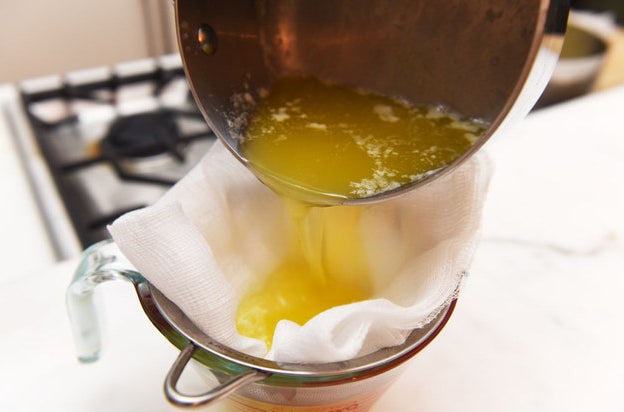
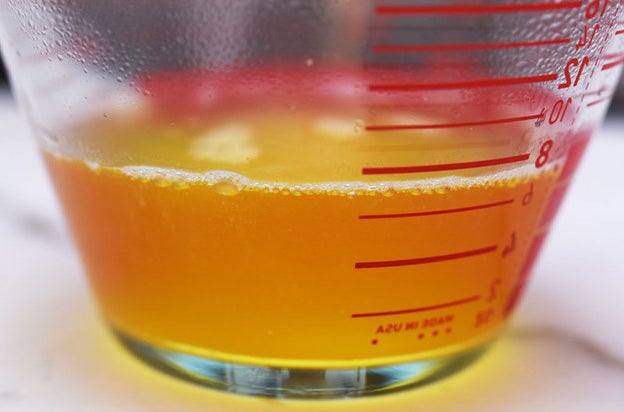
Regular butter is a combination of fat and milk solids, and the milk solids are what burn and turn black when you cook butter at too high a temperature. Clarified butter is just the fat, with the milk solids taken out, which means you can heat it to a much higher temperature without it burning. Clarified butter is great for higher-heat cooking like pan-frying and roasting, and it's super easy to make at home. Chef Wylie Dufresne uses it to make crispy potato cakes, among other things. He suggests making a big batch of clarified butter, storing it in the fridge, and using it as needed. Refrigerated, it'll keep for up to three months! Here's how to make a big batch of clarified butter.
12. Always make biscuit dough by hand; don't use a food processor or electric mixer.
13. Crack eggs on an even surface (like your counter or cutting board), instead of on the edge of a bowl.
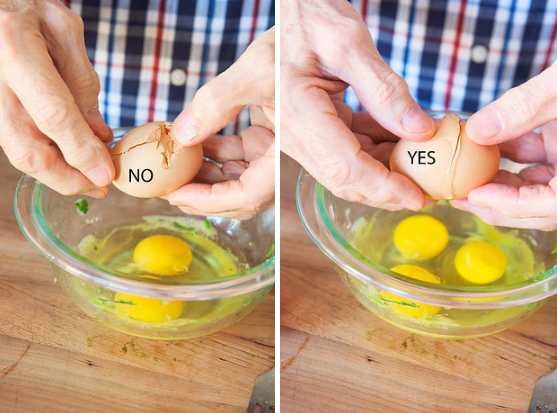
14. And before you try to whisk the eggs, pierce the yolks with a fork.
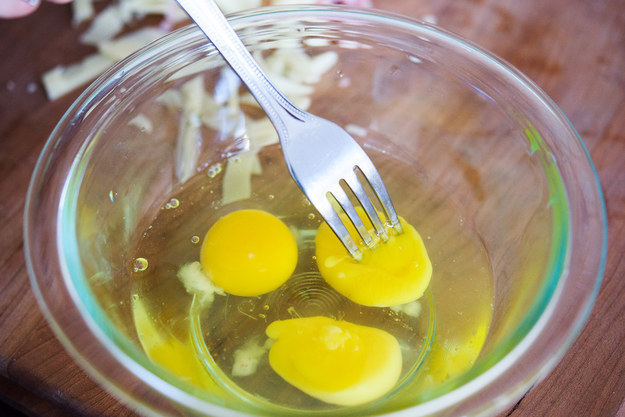
15. Master the art of the omelette by hitting the pan ~just~ right in the final seconds of cooking.
16. To give things a smoky flavor, you can DIY a smoker with a Dutch oven, wood chips, and two heatproof metal bowls.
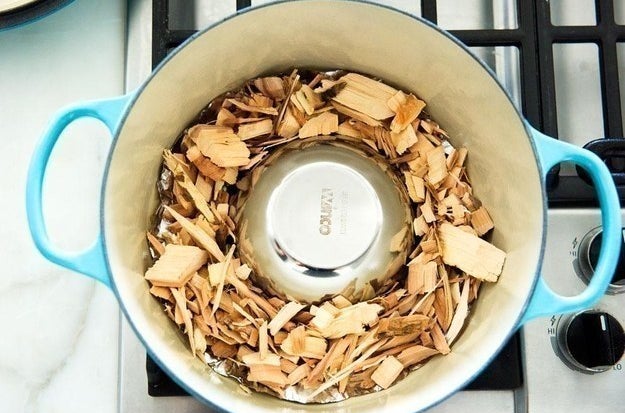

Chef Aaron London uses this trick to make ~SMOKED AVOCADO TOAST~(!!!), but you can use it to smoke other things, too! It's not the same as an outdoor smoker, since you're just smoking something for five minutes to add flavor, not to actually cook the food. But it works great on fruits and vegetables. Here's exactly how to DIY an indoor smoker.
17. The only things you should be making in a nonstick skillet are eggs, pancakes, and maybe French toast.
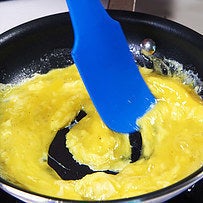
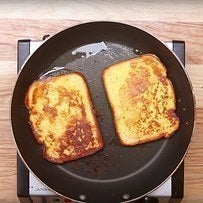
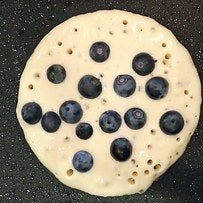
When chef Amanda Cohen came to the BuzzFeed test kitchen, she explained that nonstick pans aren’t great for cooking most things, because “It’s a different kind of heat, with nonstick pans. It’s not quite as hot, it doesn’t get things as crispy, since it’s really protecting things from the heat underneath.” So, what are they good for? “Eggs, pancakes, maybe French toast,” says Cohen. “Only things that don’t need to get crispy and have a tendency to stick.”
